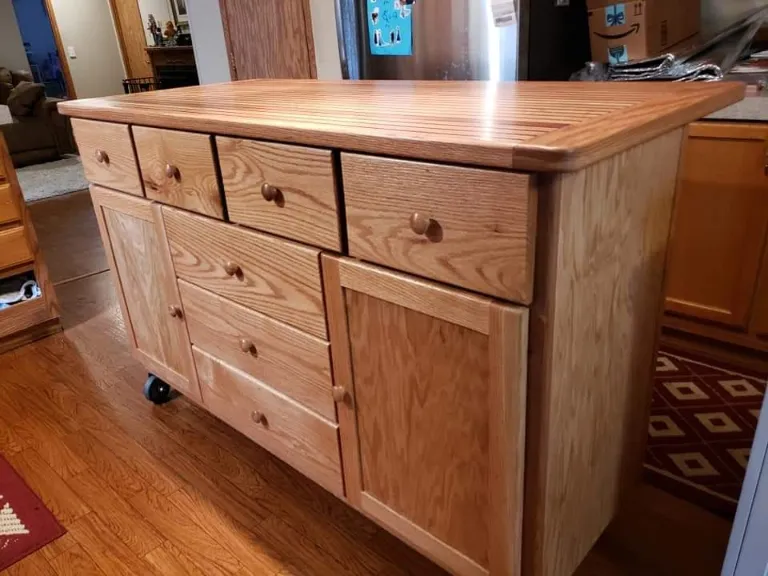The materials we choose can significantly impact the mood and atmosphere of a space. Wood is a prime example. Each type of wood has its unique character and can influence the feel of a room in different ways.
Oak: Stability and Strength
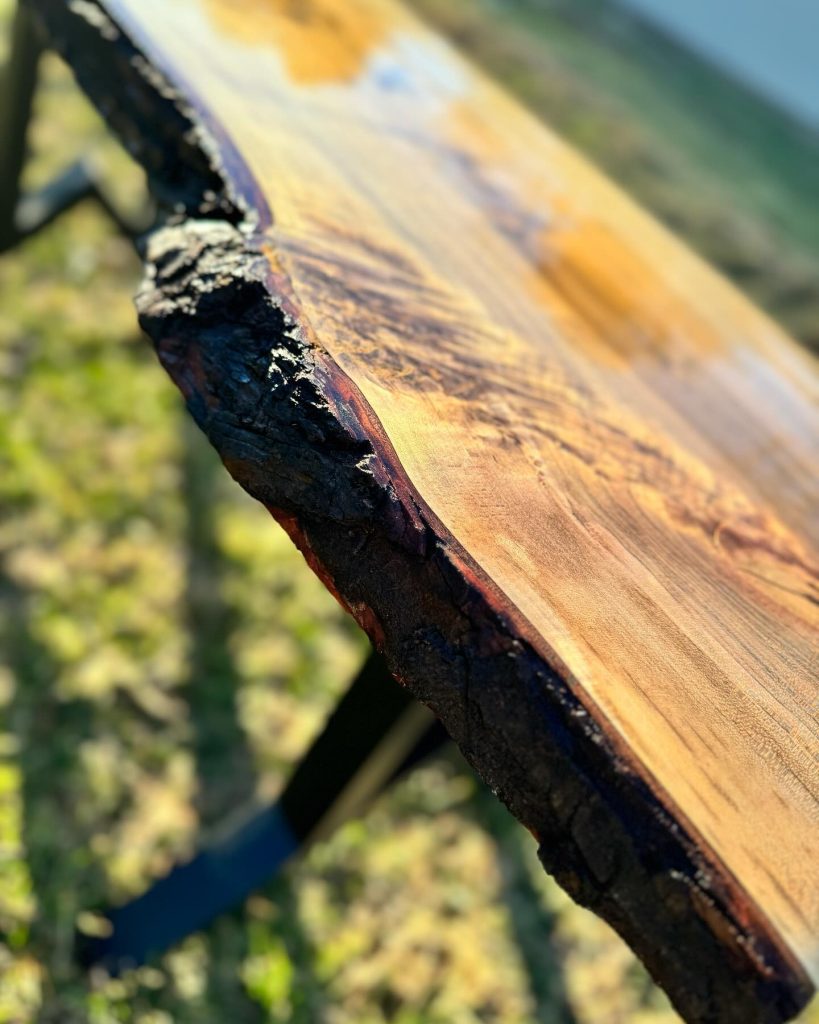
First, let’s talk about oak. This wood, known for its durability and classic appeal, tends to evoke a sense of stability and strength. Its warm, golden hues can make a space feel inviting and cozy. Using oak in furniture or flooring can create a timeless, welcoming atmosphere that feels solid and reassuring, providing a sense of security and comfort.
Walnut: Elegance and Sophistication
On the other hand, walnut offers a different vibe. With its deep, rich tones and smooth grain, walnut exudes elegance and sophistication. It’s often associated with luxury and high-end design. Incorporating walnut into your space can add a touch of refinement and make the room feel more polished and mature, giving a sense of sophistication and elegance.

Maple: Fresh and Clean
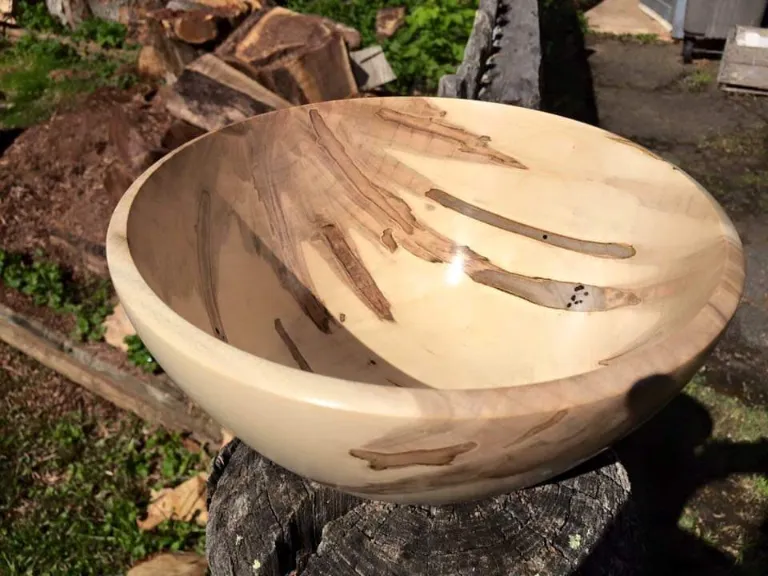
With its light color and subtle grain patterns, maple brings any room a fresh, clean look. It’s excellent for creating a bright and airy atmosphere. Spaces that use a lot of maple can feel open and cheerful, making it a perfect choice for areas where you want to boost natural light and create an uplifting environment.
Cherrywood: Warmth and Character
Cherrywood is another exciting option. Its reddish-brown color darkens with age, adding warmth and character over time. Cherry wood can give a room a rich, inviting feel, making it ideal for living rooms or libraries where a cozy, intimate atmosphere is preferred.
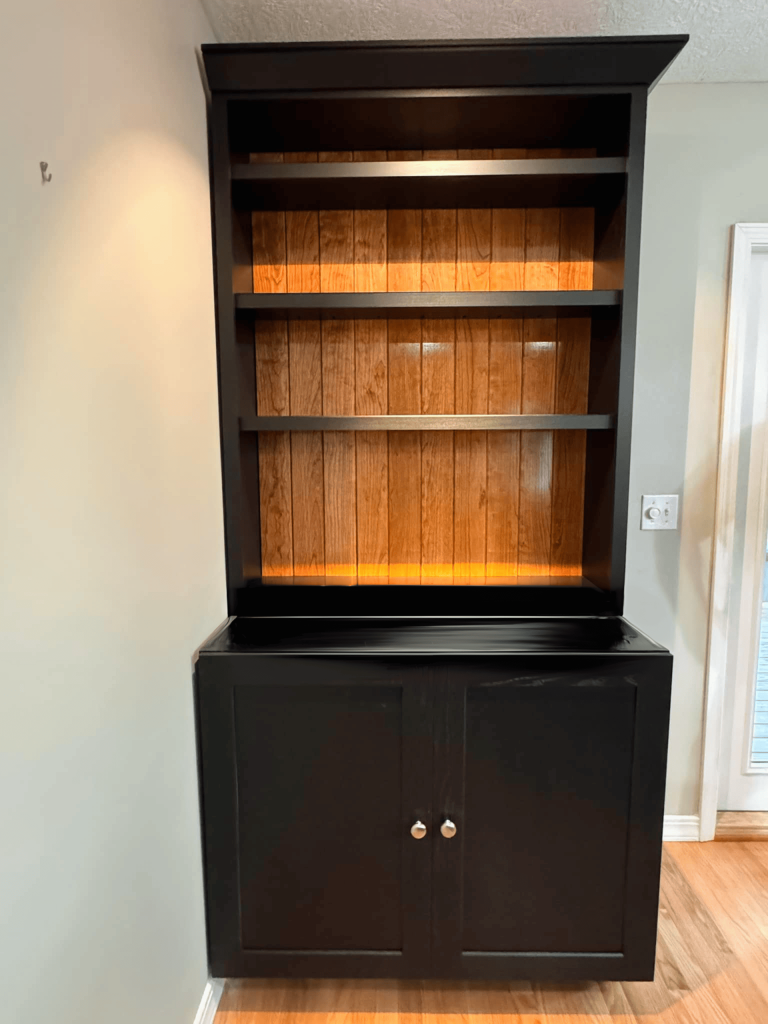
Exotic Woods: Distinct Aesthetics
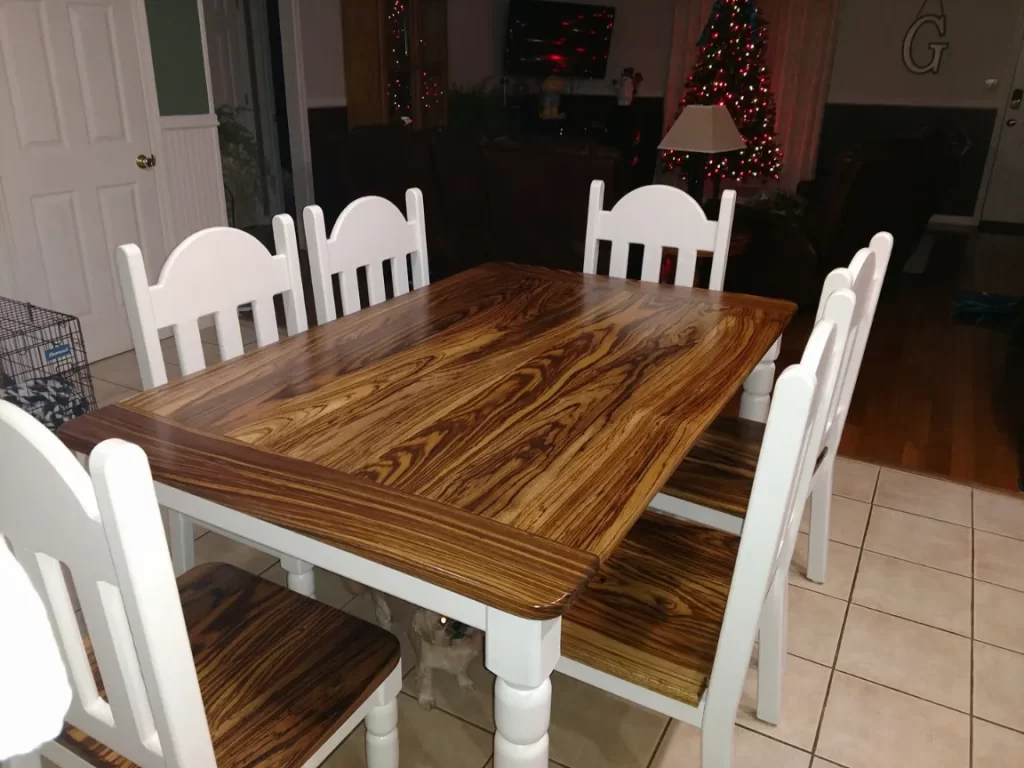
Exotic woods like teak or mahogany can offer distinct aesthetics. Teak, with its golden-brown color and resistance to elements, brings an earthy, natural feel to a space. It’s perfect for outdoor furniture or rooms with many natural elements. With its deep reddish-brown hue, mahogany adds a touch of luxury and timeless beauty, making any space feel more elegant and prestigious.
The Tactile Experience of Wood
Beyond its visual appeal, wood’s tactile experience can also affect mood. The texture of reclaimed wood, for example, can add a sense of history and authenticity to a space, evoking nostalgia and comfort. The smoothness of finely finished hardwoods can create a sense of calm and serenity.
Conclusion
Regardless of the end goal, understanding the characteristics of different woods can help you create the perfect environment for your needs. So, next time you’re planning a redesign, consider how the wood type might affect the feel of your space.

